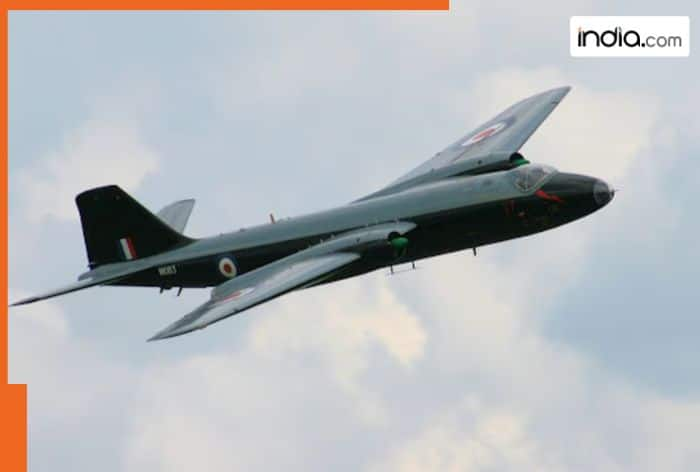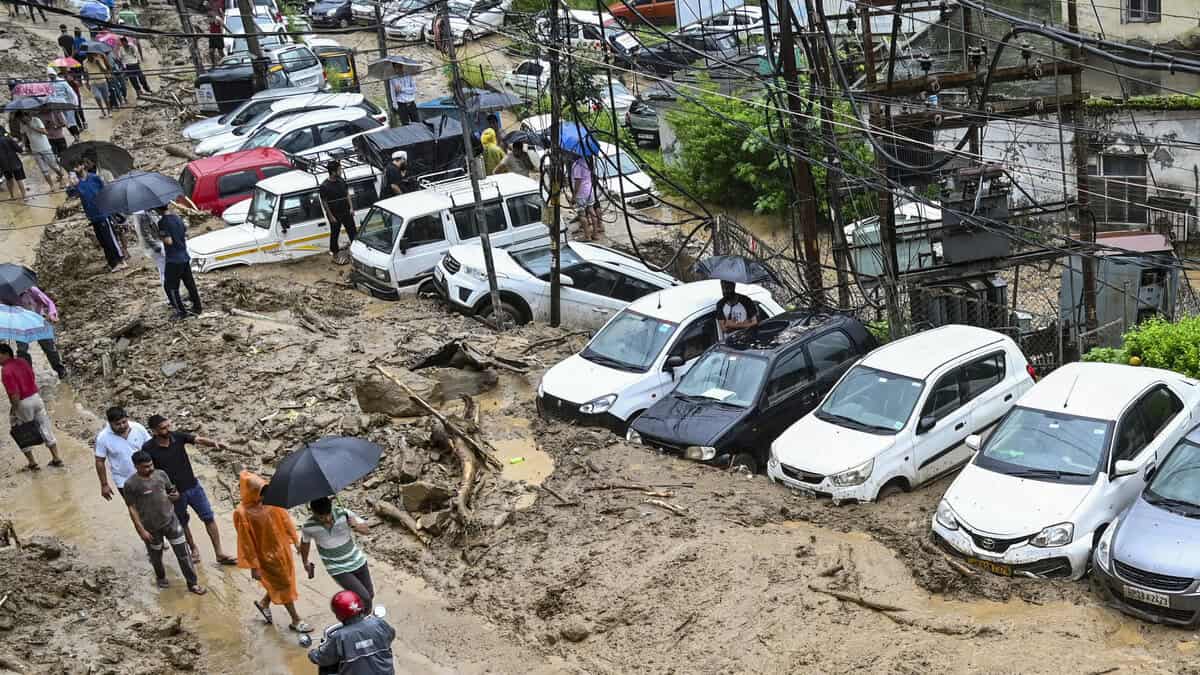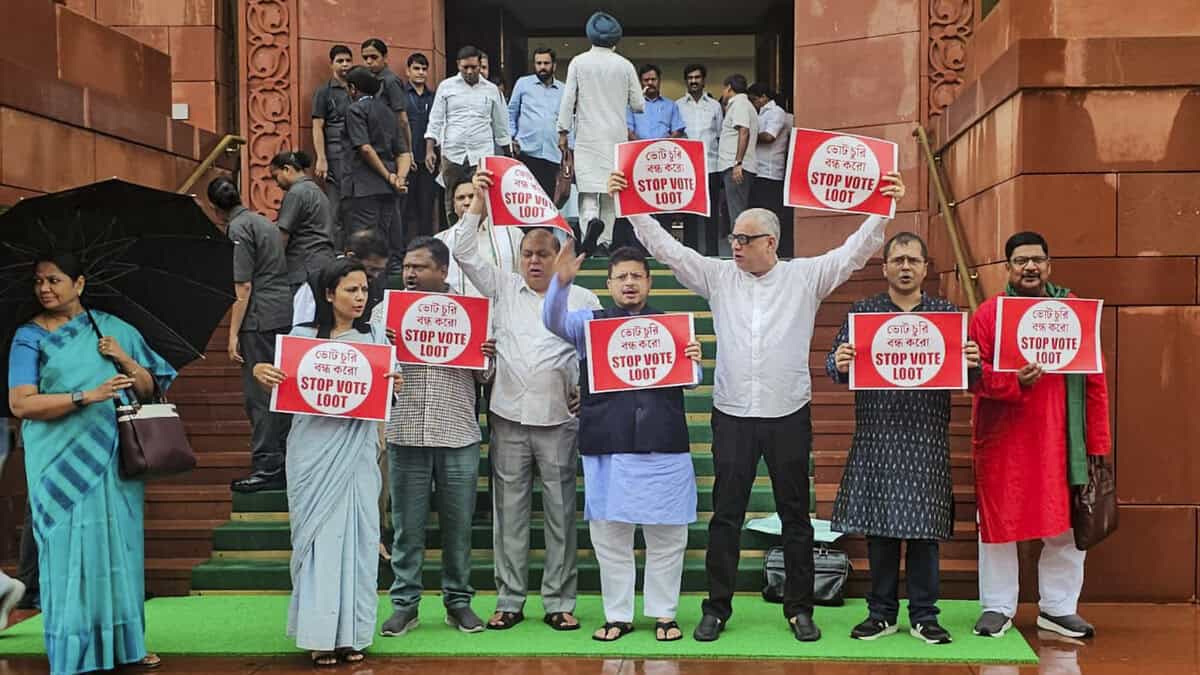The Indian Air Force started its bombing capabilities using bomber jets like the Hawker Siddeley Canberra.

India has made considerable and sustained efforts to upgrade its weapons and defense systems to protect the safety of the country. Because of its location, India faces challenges from neighboring countries like China and Pakistan, both of which have strong military forces. As a result, India continuously modernizes, upgrades, and maintains its army, navy, and air force with better equipment and weaponry to defend against enemies and conflicts. This continuous effort ensures that India can protect its borders, maintain peace in the region, and protect its citizens from any threat.
What made bomber jets so important in India’s past wars?
In 1957, the Indian Air Force acquired its first English Electric Canberra B(I)58 bombers. The English Electric Canberra was designed and built in Britain by English Electric at their Preston and Samlesbury factories between the late 1940s and early 1960s, reported Wion. The Indian Government eventually acquired about 54 Canberras of fighter-bomber and reconnaissance types. According to the Wion report, the Canberra was capable of carrying approximately 6,000 pounds of bombs, flying at speeds exceeding 900 km/h, and flying at altitudes above 48,000 feet. It was one of the most advanced medium bombers in the world at that time and gave India the ability to strike targets deep in “enemy” countries with precision strike.
For almost 50 years, the Indian Air Force has had a strong but lesser-recognized part of its air capability, the bomber jet. These large and powerful aircraft were able to move into enemy territory and rain heavy bomb loads. It even played a crucial role in India’s air strategy for decades. Did you know that currently, the Indian Air Force has no dedicated bombers? This is the story of an era when the “bombers” were representative of India’s airborne capability.
How did bombers impact the outcome of the Indo-Pakistan conflicts?
Aircraft, including the Hawker Siddeley Canberra, had a vital role in both the 1965 and 1971 wars, destroying enemy air force bases and making a significant contribution to the nation’s defense. Today, they have been replaced by multi-role fighter jets that can carry out bombing missions, aerial attack, and reconnaissance roles.
The Indian Air Force started its bombing capabilities using bomber jets like the Hawker Siddeley Canberra. These planes were known for their awesome strike ability and long-range flight capacity. These planes played a vital role in the 1965 and 1971 wars against Pakistan, inflicting serious damage upon enemy airfields and military installations.
The Canberra was much more than just a display aircraft—it played a crucial role in two major wars. During the 1965 Indo-Pakistani War, Canberra bombers carried out bold night missions, including a major strike on the Peshawar airbase, showcasing India’s long-range strike capabilities. In the 1971 Bangladesh Liberation War, Canberra once again proved its strength by targeting Pakistani infrastructure and supply routes with precision, severely damaging the enemy’s ability to operate effectively.
When did the Indian Air Force retire its last bomber squadron?
For roughly half a century, these bombers were operated by the Indian Air Force, and in that time, they participated in several operations and conducted numerous exercises. In 2007, the Air Force retired its last bomber squadron, No. 35 Squadron ‘Raptors’, which was operating the Canberra aircraft, thereby officially ending the era of dedicated bombers in the Indian Air Force.
In today’s modern warfare, multi-role fighter jets have been more effective. Multi-role fighter jets are capable of air-to-air, air-to-ground, and reconnaissance roles, each of which can be accomplished using a single platform/aircraft. Furthermore, precision-guided munitions and smart bombs have made the precision and hitting power of fighter jets equal to traditional bombers. Today, even a small fighter jet can deliver damage comparable to that of a large bomber.
As of today, the Indian Air Force operates sophisticated multi-role fighter aircraft such as the Su-30MKI, Rafale, Mirage 2000, and Tejas. These aircraft not only display a high degree of proficiency in air-to-air combat but also have the capacity to precisely bomb and destroy enemy targets. The increased offensive power of the Indian Air Force (IAF) makes it more lethal than ever.
Also Read:




















































